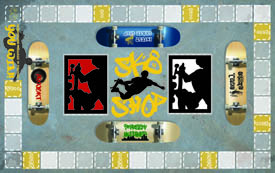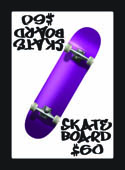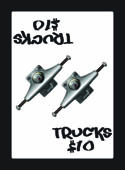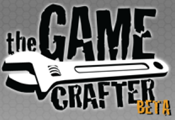Cognitive
My group members, Jodi Kohler, Rose Fortner, Beth Rackliff, and I worked together to create the boardgame, “SK8 SHOP.” The purpose of this game was to teach middle school students basic business skills and while practicing operations with fractions, decimals, and percents.
We began by conducting a content analysis. In this analysis we researched the 7th grade math standards that discussed fractions, decimals, and percent. We found small business applications of these standards, such as percent increase and decrease, calculating tax, and saving money over time using a simple interest rate.
Armed with our content knowledge we began to write the math exercises that would serve as questions in our game. Our questions needed a context, so we decided that players would be trying to grow their new tee-shirt company. As they traveled around the game board the students would answer questions to earn the opportunity to make purchases, sales, or increase their inventory.
In hindsight, we decided on the premise and the mechanics of the game too hastily. We encountered two main problems.
- The premise of building a tee-shirt company was not very motivating for 12-13 year old players.
- Balancing the purchases, sales, and inventory made the rules very complex and difficult for players to understand.
We went back to the drawing board and put our inductive and deductive reasoning skills to work. We decided that building a skateboarding business would be more exciting for our audience, and that we would use cards with defined dollar values to help players more easily track their progress through the game.
I was in charge of the design of the gameboard and cards. I created a board that reflected our newly established goals. To reinforce the skateboard shop theme I used an asphalt background and created a logo and name for four skate shops. This way, players would identify their own shop and be more motivated to make it succeed. The game squares are colored to help show progress down the pathway to small business success. Also, the skateboard parts cards have ‘cool’ graphics on them and clearly printed dollar values. Players would collect these cards after correctly answering a question and use them to buy movement down the game board.
My group worked very hard to create an educational game with a strong sense of flow. Our use of analysis and inductive and deductive reasoning helped us solve problems and create a better gaming experience for the player.



